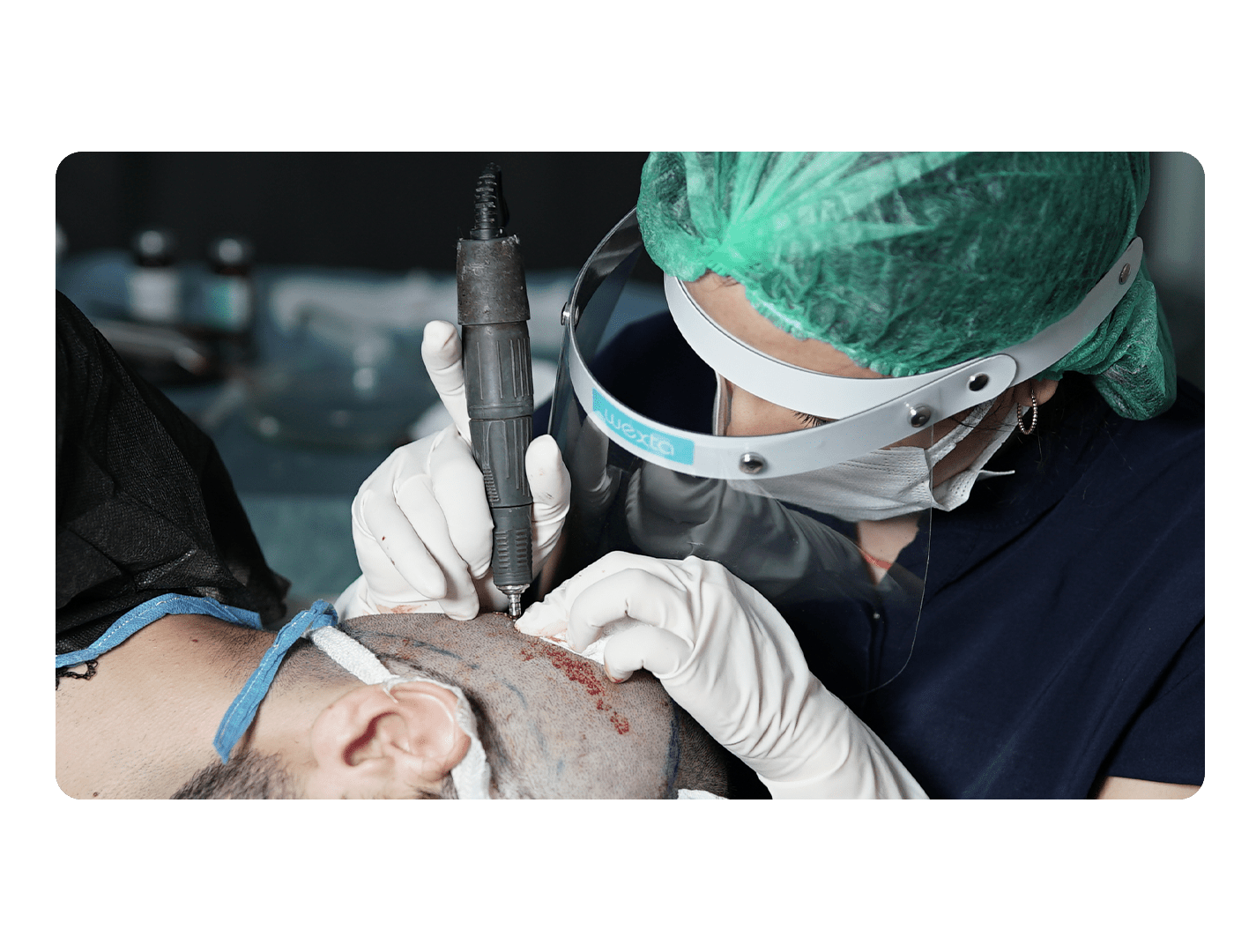
FUE (Follicular Unit Extraction) method is the name of the process of removing the roots to be transplanted from the donor area in hair transplantation. The most common rooting process used in the world is the FUE method. With the FUE hair transplantation method, the roots are removed one by one and homogeneously from the donor area in a much more effective and easier way.
After the anaesthesia process of the person is finished, another stage, which is the removal and collection of the roots, begins. Two types of techniques are common to use for root removal, these are called FUT and FUE.
This process, which takes approximately one and a half to two hours, depending on the number of roots to be taken, is performed with the FUE technique.
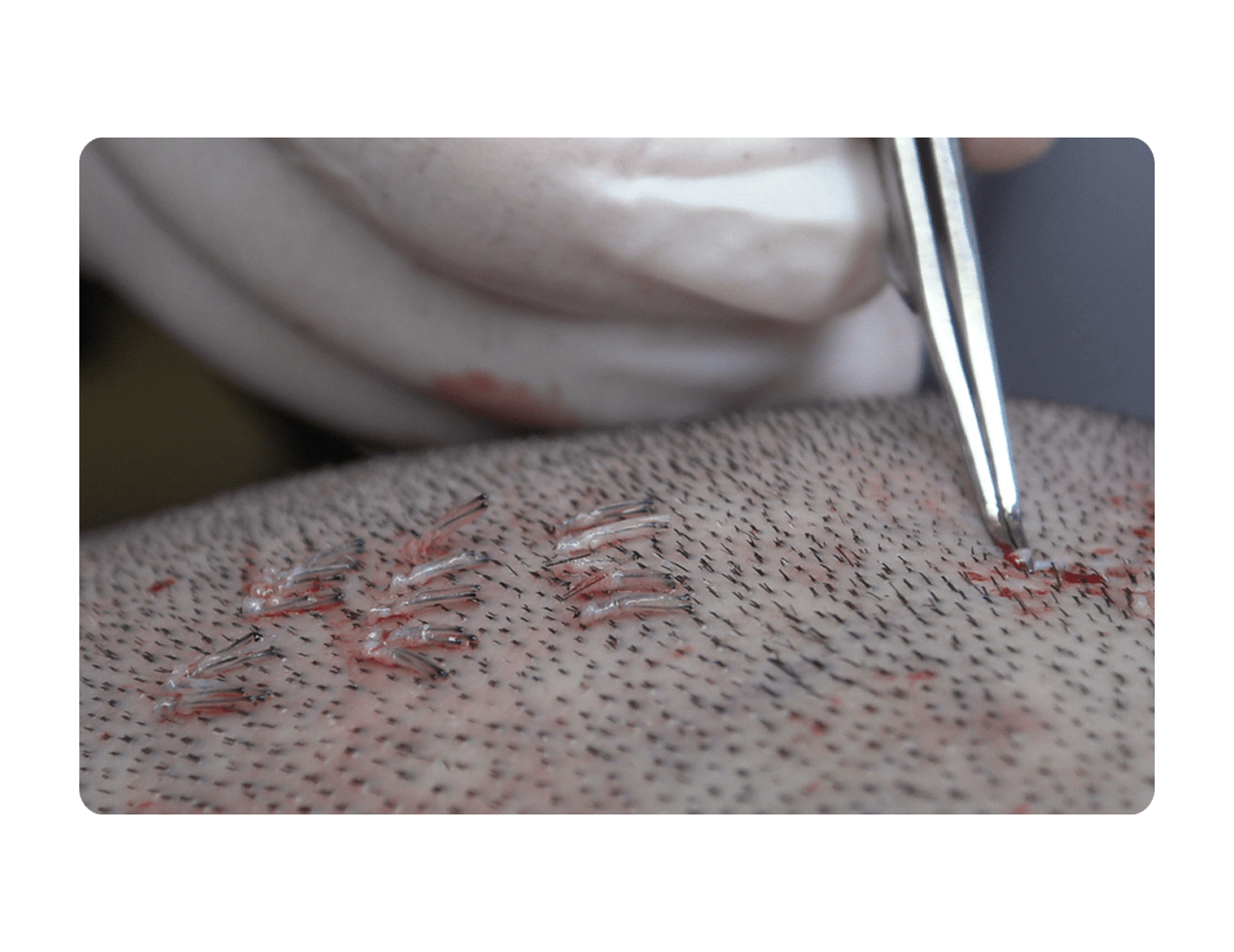
FUE (Follical Unit Extraction), the most common rooting process in the world, is performed with the help of a micro-motor. Thanks to this technique, the person can be taken from the donor area in a way that covers the entire open area at once, while there is no scar in the donor area of the person, as in the FUT procedure.
FUT, which is the oldest technique used in the process of taking roots today, can be compared to obsolete. In hair transplantation operations using FUT, the person does not need to be shaved, but the roots to be transplanted are taken from the donor area together with the skin through surgical incisions.
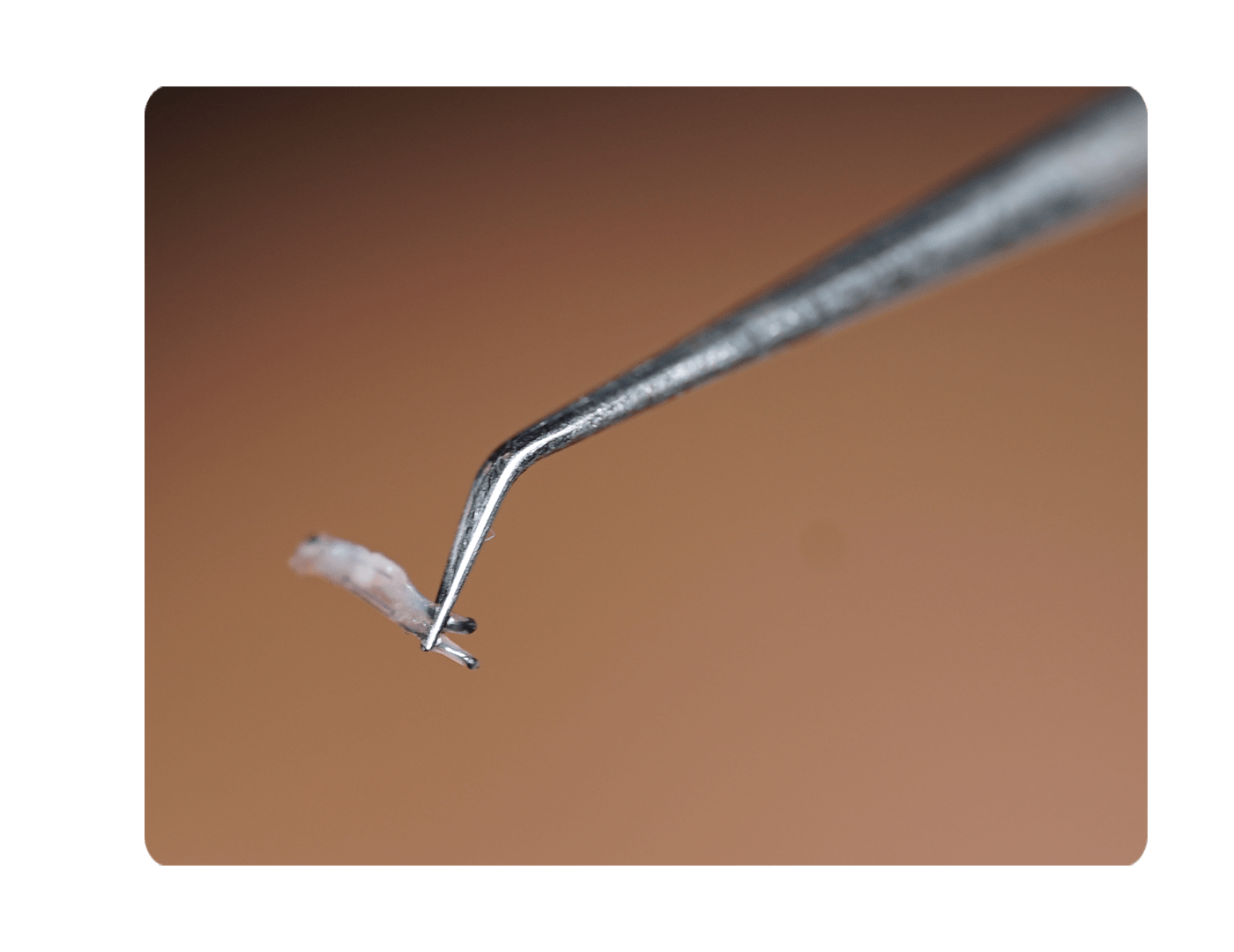
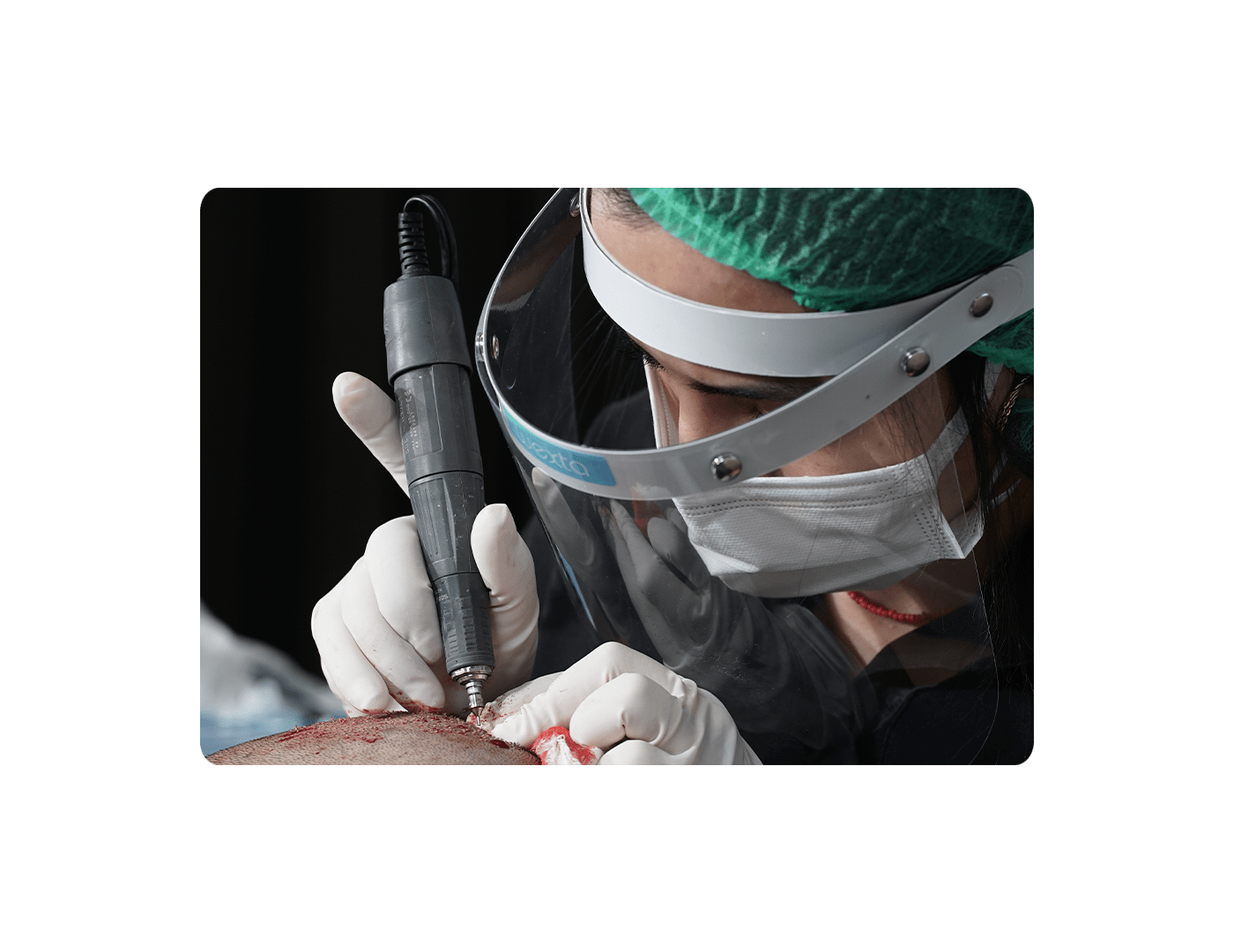
ANSWER 1- FUE PROCESS IS THE MOST ADVANCED AND NEWEST TECHNOLOGY FOR ROOTING IN HAIR TRANSPLANTATION. THE COCKS ARE TAKEN ONE BY ONE IN A HOMOGENOUS MANNER WITH THE AID OF THE MICROMOTOR AND, BECAUSE THEY ARE REMOVED WITH THEIR COCKS, NOT A STRAND OF HAIR WILL GO FROM THERE AGAIN. BECAUSE THE COOKING IS TAKING CAPRASE AND HOMOGENEOUS, IT WILL NEVER BE CLEAR THAT THE COOKS ARE RECEIVED AFTER THE HAIR IN THE DONOR AREA LONG.
ANSWER 2- FUT METHOD IS THE OLDEST KNOWN ROOT REMOVAL. THIS PROCESS, PERFORMED BY CUTTING PIECES AND SEWING, IS A PROCEDURE THAT IS BOTH DIFFICULT FOR THE PERSON, LEAVES A SCAR AND DOESN'T PERMIT THE OPPORTUNITY TO REACH THE SUFFICIENT COOKUM NUMBER, SO IT IS NOT USED TODAY. FUE PROCESS IS THE EASIEST AND HEALTHIEST ROOTING PROCESS APPLIED IN TODAY'S HAIR TRANSPLANTATION, BEATING ALL THESE HANDICAPES. FOR THIS REASON, THE FUE METHOD MUST BE PREFERRED.
ANSWER 3 – AS WITH THE FUT METHOD, THERE WILL BE NO SEWINGS OR WOUNDS. BECAUSE THE ROOT TAKING IS MADE IN A HOMOGENOUS MANNER, ANY BLANK APPEARANCE OR DILUTION IS NOT OBSERVED.
ANSWER 4 – ROOTING PROCESS IS DONE WITH PUNCH SELECTED ACCORDING TO THE THICKNESS OF THE ROOTS. DURING THE PRE-OPERATIONAL DOCTOR'S EXAMINATION, WE CAN NAME IT AS 0.8-4MM OR 0.9-4MM ACCORDING TO THE WIRE NUMBER AND THICKNESS OF THE ROOTS.
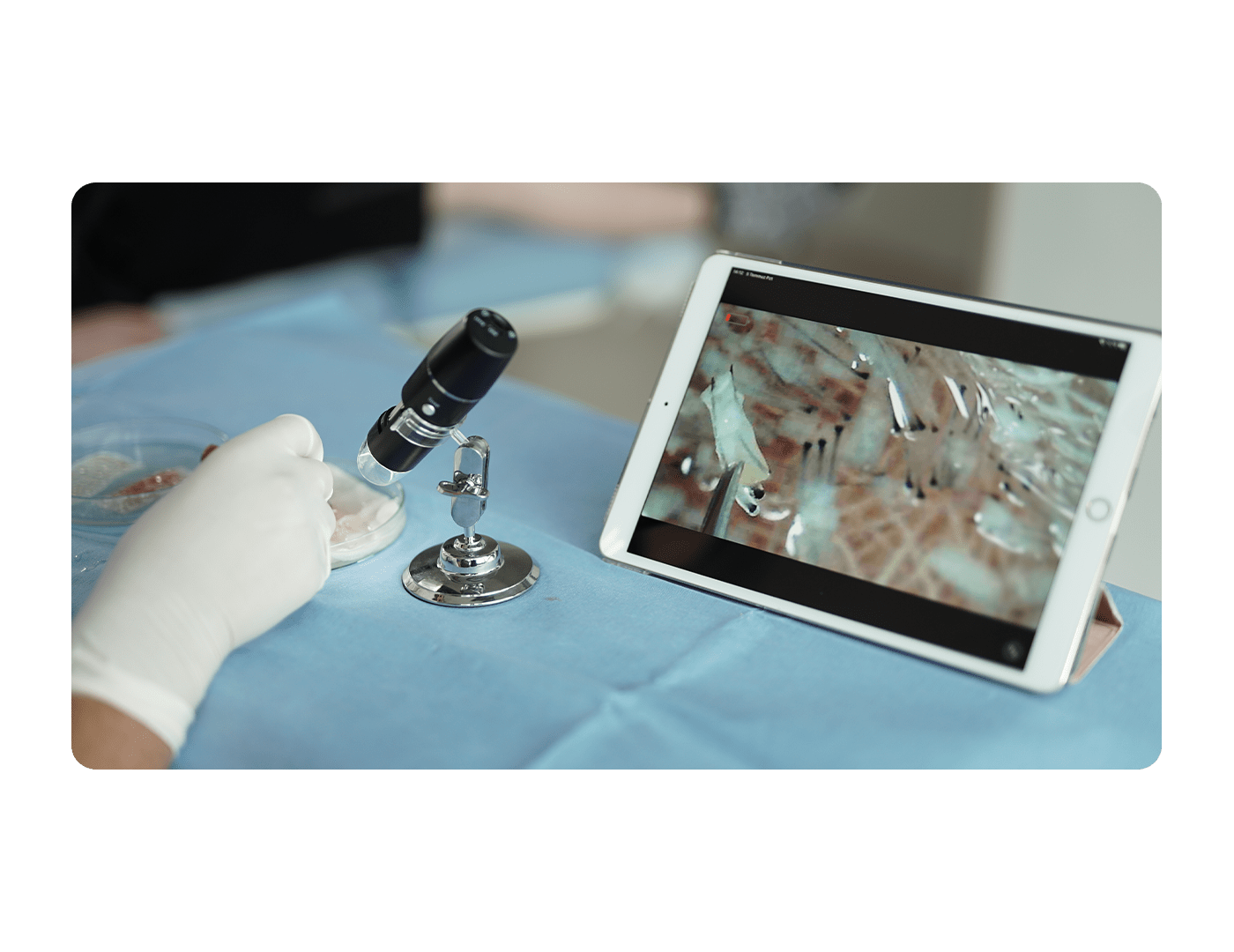
The extracted grafts from the donor area contain different numbers of hair strands, as is known. A single graft comprises 2 or 3 hair strands; in some people it can even be found in a group of 4, varying from person to person. For a good hair transplant process and a successful hair transplant result, it is very important to extract these hair strands groups from the donor area without any damage. These extracted roots are then shifted to the pre-determined recipient areas. Here is it, it is very important to separate and weed out the grafts to be placed in the front zone of the implanted area, that is the front line zone. It is vitally important to implant as many single hair strands as possible to gain a more natural and beautiful look after the follicles are transplanted into the front line area. We call it microscopic hair transplantation. With the help of a microscope, we separate these follicles with single hair grafts and insert these separated grafts into the front line region. Through this approach, we can achieve an undetectable, and natural result with full density. We, as the Long Hair Center family, apply this procedure in every hair transplant operation, without exception. The most important factor to remember is that a successful hair transplant is achieved by the implementation of all these finely detailed processes
